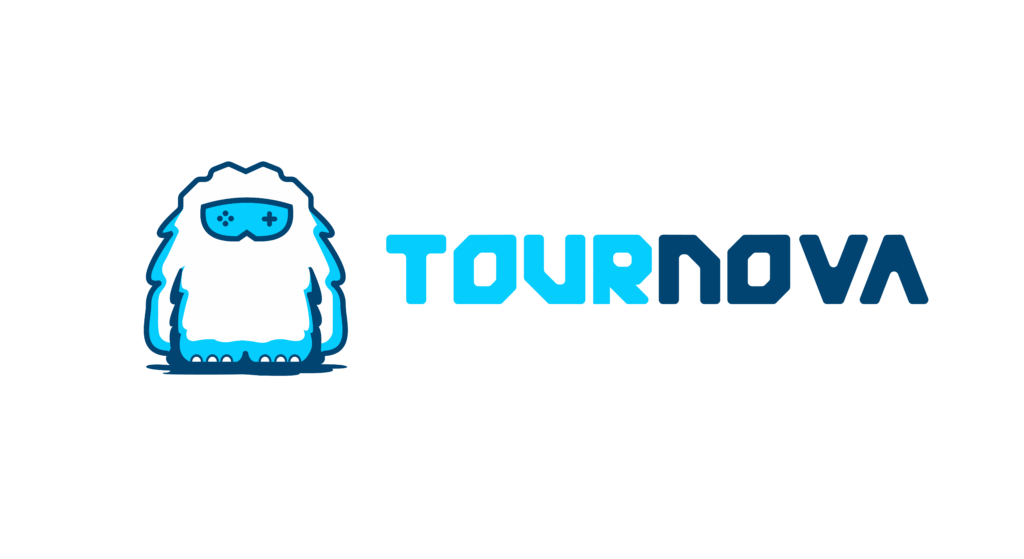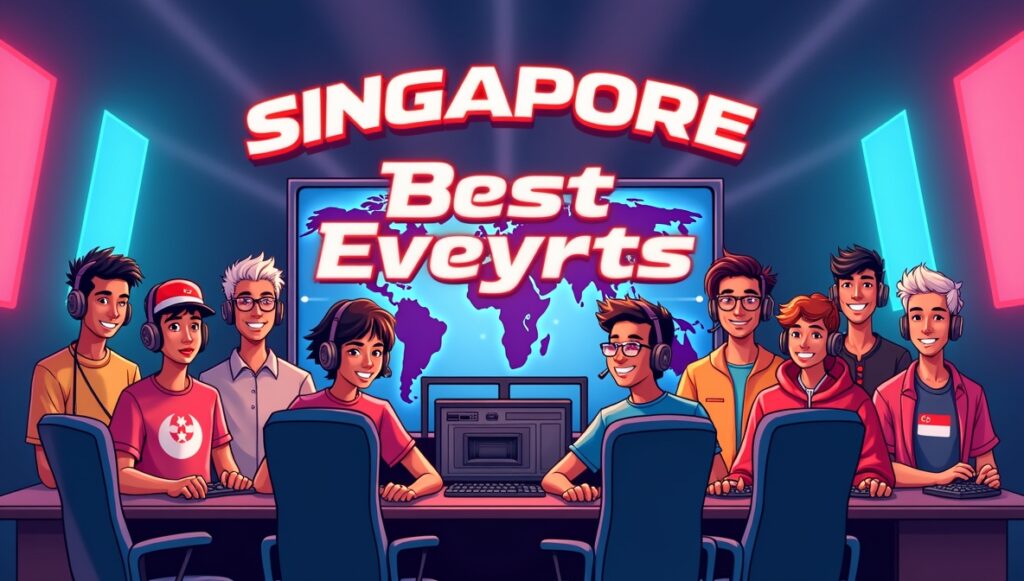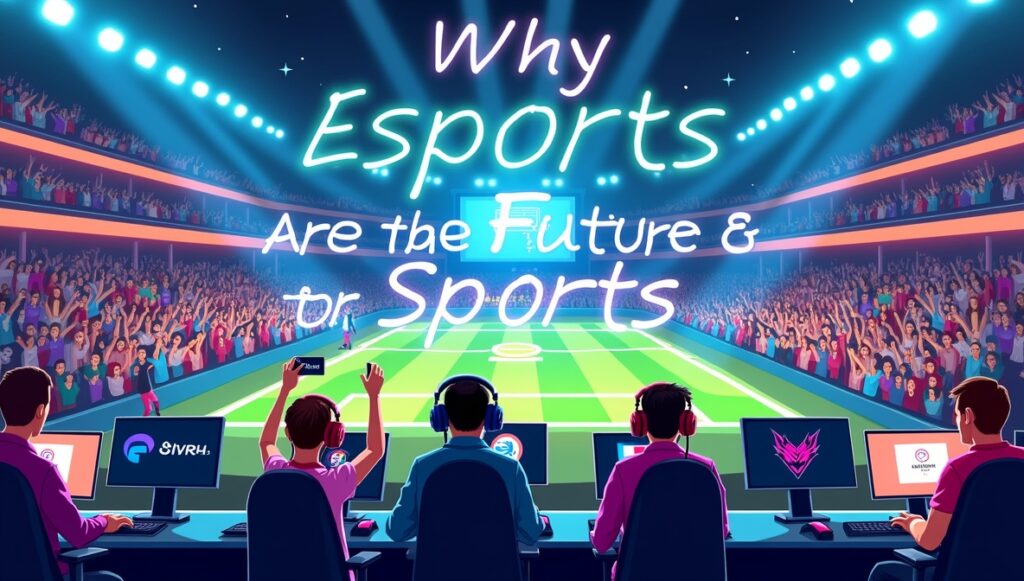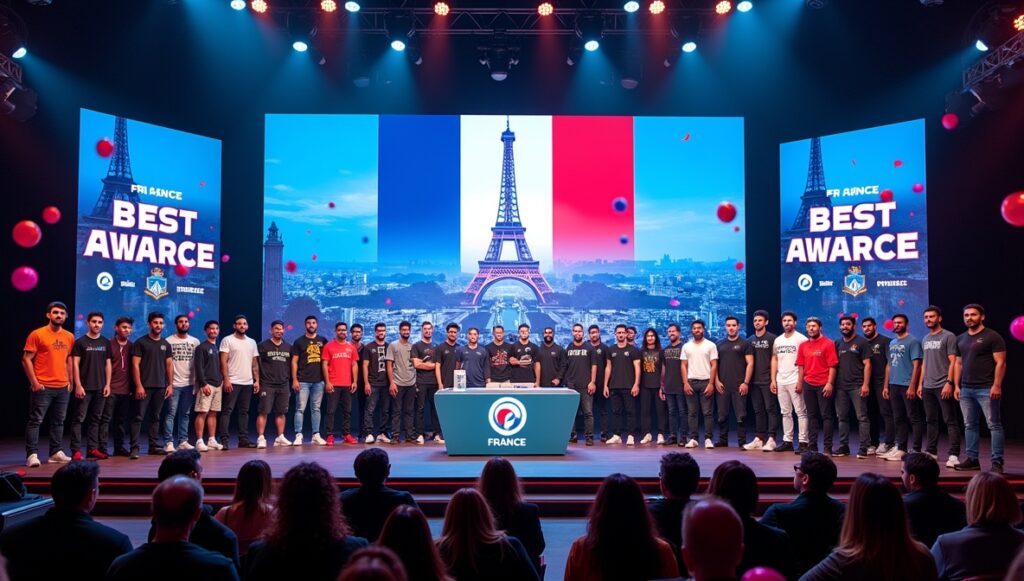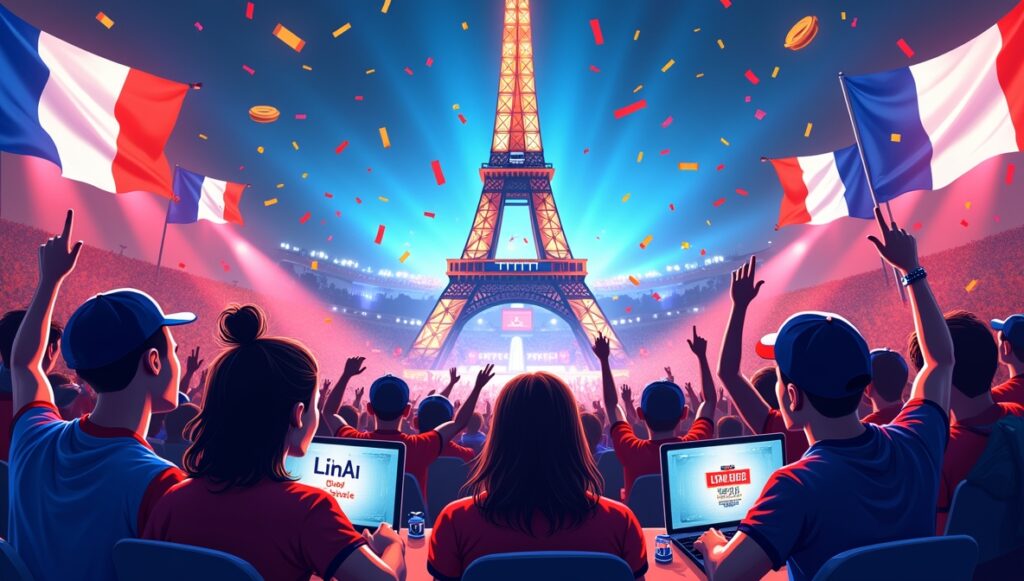Eight players, one board, and a galaxy of strategies; that’s the atmosphere you walk into when you wonder what is Teamfight Tactics esports tournament and its biggest events kick off. I still remember the first time I tuned in to a Teamfight Tactics Global Championship; I wasn’t expecting my palms to sweat watching tiny units swing at each other on a hex board, but there I was, rooting for someone I’d never heard of before. Some friends ask me if TFT is really an esports. Think about it: prize pools, regional qualifiers, live audiences, analysts, global champions; it checks every box. And no, you don’t have to be a hardened pro gamer to dabble in competitive play; plenty of ladder grinders climb their way into regional events with nothing more than a good read on the current meta and nerves of steel.
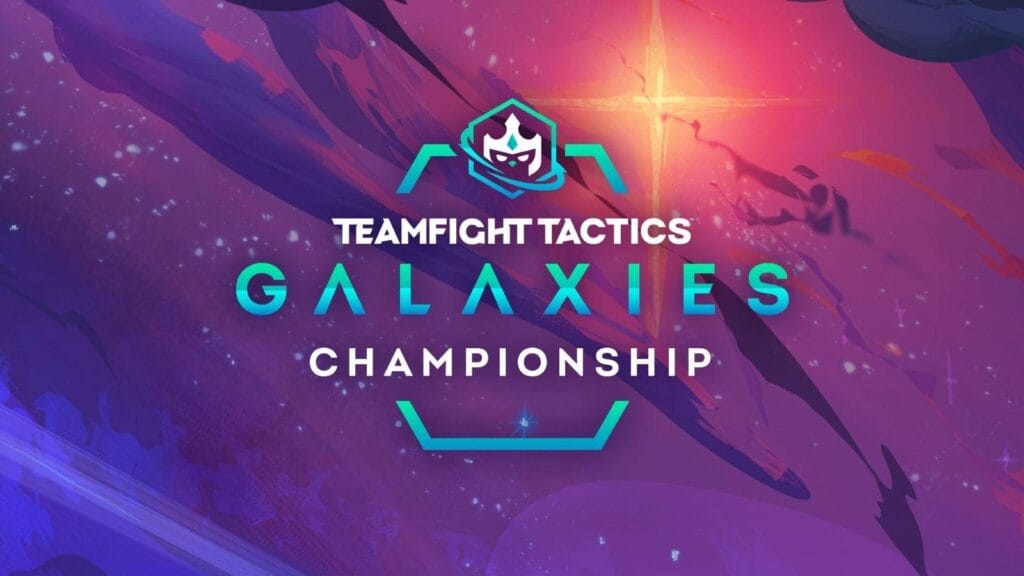
- It’s organized by Riot Games, with seasonal competitions leading to global championships.
1. What Is Teamfight Tactics Esports Tournament?
Teamfight Tactics, launched in 2019 by Riot Games, is an auto‑battler, meaning you spend matches buying champions, equipping items, and positioning them on your board… and then the actual fighting happens on its own.
You might be wondering how that fits in an esports arena where most games require blistering APM (actions per minute). TFT flips that idea; here, it’s not your mouse speed that counts, it’s the quality of your decisions. While MOBAs and shooters reward pristine aim or split‑second reflexes, TFT lives in the slow‑burn tension of planning ahead.
2. How the TFT Esports Tournament Works
Picture it like a galaxy map: every few months, a new “set” releases with fresh champions, traits, and items. Each set runs its own competitive season, which is exactly what is Teamfight Tactics esports tournament all about: giving everyone, from casual ranked climbers to full-time pros, a clean slate.
“How do players qualify for the big tournaments?” I get that one a lot. The answer: through a mix of ranked ladder performance, online qualifiers, and special regional events. And yes, these tournaments happen both online and on‑site. Worlds, the TFT Global Championship, often gathers players in a big physical venue, and the roar of the crowd when a clutch Zephyr placement wins a round? Goosebumps.
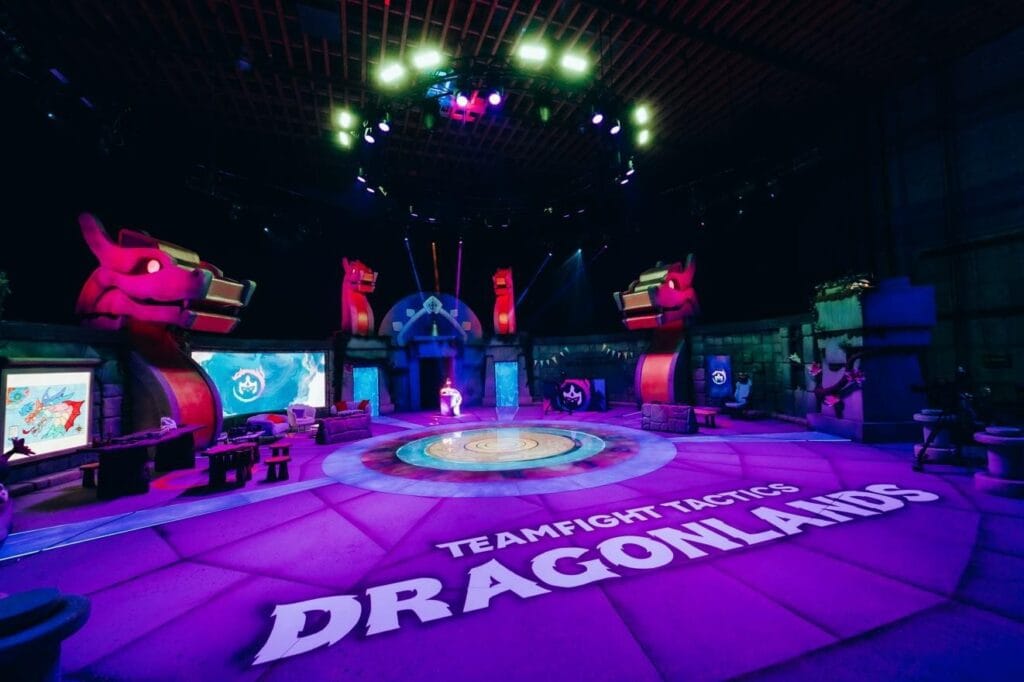
- Success relies on strategic unit composition, itemization, and economy management.
3. Tournament Structure & Format
In most TFT esports events, matches are played across multiple lobbies of eight players each. Placement matters more than kills; finish first, and you bank the maximum points; limp into seventh or eighth, and your score tanks.
People sometimes ask, “How is the winner decided in a game with no head‑to‑head combat?” Points add up over several games, and after a set number of rounds, the top scorers advance. Finals sometimes use a “checkmate” format: once a player reaches a points threshold, they must win one more lobby to take the title, which makes every round feel like it could end the tournament in a blaze of glory.
4. Regional Circuits and Major Events
Like in the larger League of Legends ecosystem, TFT has distinct regions: NA (North America), EMEA (Europe, Middle East & Africa), China, Korea, and LATAM. Each region runs its own qualifiers and sends its best to Worlds; this regional structure is a key part of what is Teamfight Tactics esports tournament and how it crowns a global champion.
The very first official global championship was the TFT Galaxies Championship in August–September 2020, which featured 16 players from various regions and was won by Double61 from France.
Fans often ask which country has the strongest players. Historically, China and Korea have dominated multiple championships, but we’ve seen NA underdogs and EMEA dark horses shock the scene. I still remember 8ljaywalking’s incredible Worlds run; a masterclass in late-game composure.
5. Prize Pools and Incentives
TFT’s prize pools aren’t quite in Dota 2’s $40 million territory, but Worlds still offers serious change; usually between $150,000 and $300,000 in total, with the TFT Vegas Open in 2023 hitting $300,000. And money’s just part of it; players gain huge Twitch followings, sponsorship deals, and status in the ever-evolving TFT community.
“Is there a lot of money in TFT compared to other esports?” By raw numbers, it’s smaller than the giants, but it’s growing, and consistent seasonal resets often mean new sponsorship and viewing opportunities.

- Qualifiers are held in multiple regions, including NA, EU, KR, and CN.
6. How to Watch TFT Esports
If you’ve never seen TFT played at this level, start on Twitch, YouTube, or the LoL Esports website, where Riot streams the action. Live broadcasts pack in player POVs, post‑round analysis, and even on‑board cameras catching every champion purchase.
Some newcomers wonder what is Teamfight Tactics esports tournament and worry it’s hard to follow if they don’t play TFT. Honestly? The casters do a stellar job narrating the stakes: they’ll explain why a player pivoted from Void comps to Shurima, or why that one‑hex movement just avoided a Shroud of Stillness. You pick it up faster than you think.
7. Legendary Moments & Top Players
In the 2021 Worlds, I saw DeliciousMilk pull off a 1‑HP comeback, stringing together perfect item drops and surgical unit upgrades, and the chat exploded like it was a pentakill in League.
Do TFT players have fan followings like in bigger esports? Absolutely. Pros like LiLLiLLi, DeliciousMilk, and Qitux have loyal audiences who track every ladder climb, every regional showdown, and every spicy off‑meta build they attempt on stream.
8. Why TFT Esports Feels Unique
Here’s the thing: no two TFT games are the same. RNG (random number generation), like shop rolls and item drops, keeps the playing field unpredictable, but the best players thrive by adapting; reading the meta, scouting opponents, and flexing into the right comp before anyone else catches on.
Many wonder: what is Teamfight Tactics esports tournament, and can anyone make it from the ladder to the world stage? Yes, and that’s where TFT shines. It’s not locked behind a pro draft or a closed circuit. Climb high enough in ranked, grab your qualifier spot, and you’re playing with the best in the world.
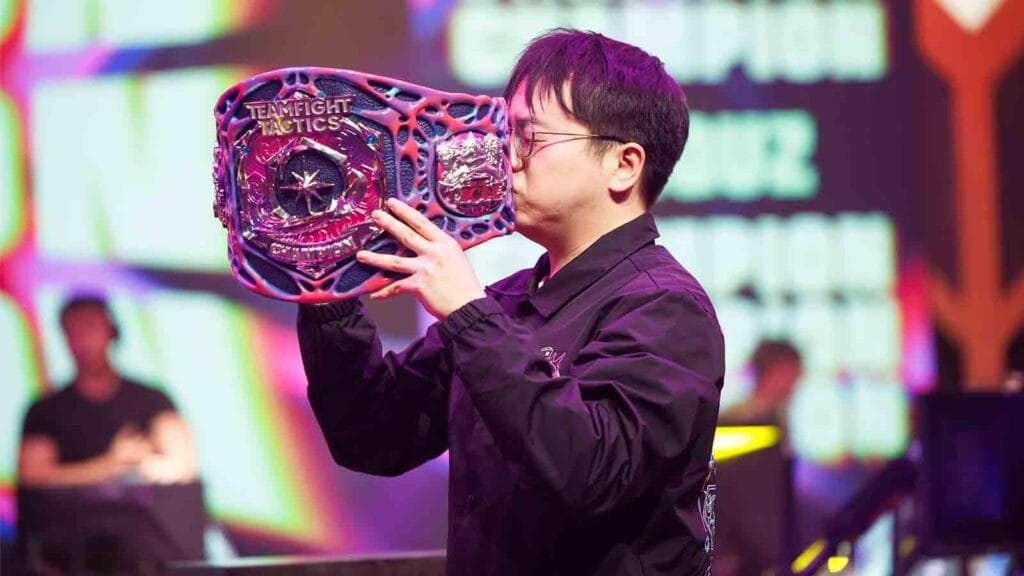
- Matches are streamed on Twitch, YouTube, and other platforms with live commentary.
9. The Culture Around TFT Esports
Step into a TFT Discord server and you’ll see amateurs swapping build screenshots next to screenshots of pro comps from Worlds. Set changes every few months mean the meta is always shifting; one patch you’re spamming Dragons, the next you’re forcing Brawlers until your fingers twitch.
It builds a culture of constant learning, where following tournaments isn’t just entertainment; it’s homework for your next ranked grind.
Tournova: From Ranked Grind to Championship Boards
The Teamfight Tactics esports scene thrives on accessible entry points; anyone with skill and persistence can climb the ladder, qualify through regionals, and stand under the spotlight at Worlds. For those wondering what is Teamfight Tactics esports tournament structure like, it’s exactly this open-to-all pathway that Tournova bakes into its core. Using its Telegram mini app and Discord bot, organizers can run every phase of competition, from casual, ranked-style brackets to high-stakes finals, with automated registration, matchmaking, bracket updates, result reporting, and prize distribution. Everything stays inside the platforms players already use, keeping focus on strategy instead of logistics.
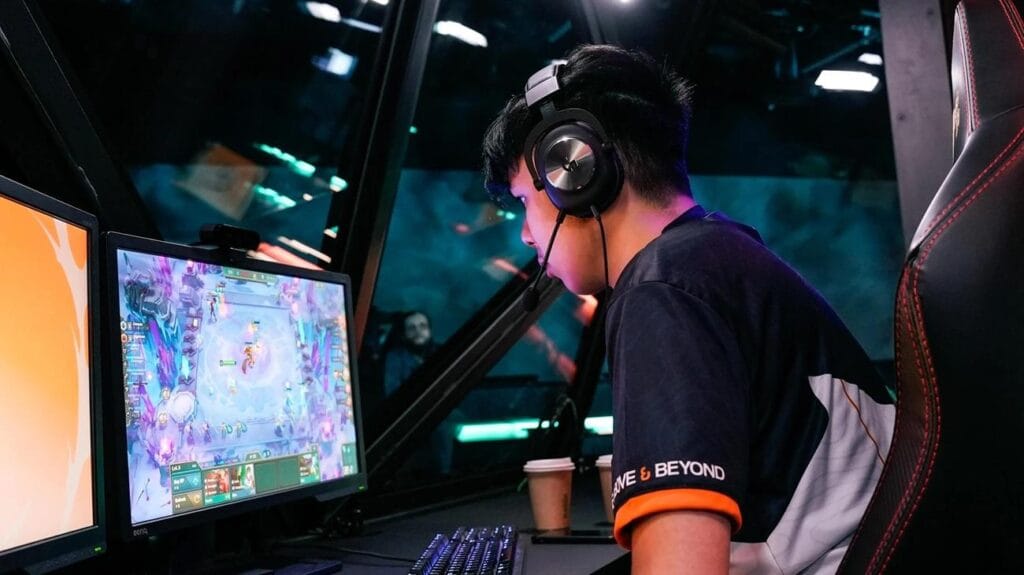
- Winning the championship cements a player’s legacy in the TFT competitive scene.
And like TFT’s seasonal resets keep the meta fresh and players invested, Tournova’s token economy fuels a loop of ongoing engagement. Competitors earn tokens for participating, hitting top finishes, or completing special challenges, then spend them on premium tournaments, exclusive auctions, or rare perks. The result? One-off community events can grow into ongoing competitive ecosystems, giving your players the same sense of progression and anticipation that makes TFT’s global circuit so compelling.
10. In the End: One Board, Endless Possibilities
Every set brings a new TFT season, and every season tells a fresh batch of competitive stories. From nail‑biting checkmate finales to brand‑new faces rising through the qualifiers, what is Teamfight Tactics esports tournament if not a showcase of strategy, resilience, and high-stakes drama? TFT’s esports tournaments are proof that strategy games can bring just as much adrenaline as any shooter or MOBA. If you’ve ever thought about watching, or even competing, now’s the time. One board, eight players, infinite ways the story can end. The next great play might just be yours.
FAQs
1. How long does a full TFT tournament day usually last?
Most online tournament days run between 5–8 hours, depending on format and tiebreakers.
2. Can pro TFT players compete while streaming their matches live?
Yes, though some events enforce stream delays to prevent “ghosting” from viewers giving away board information.
3. Do tournament organizers provide accounts with all champions unlocked?
They do; no one in Worlds is grinding gold for unlocks; players have full access to the set.
4. Are there amateur-only TFT tournaments?
Yes, many community organizers and smaller esports orgs host “open” brackets for players outside the top ranks.
